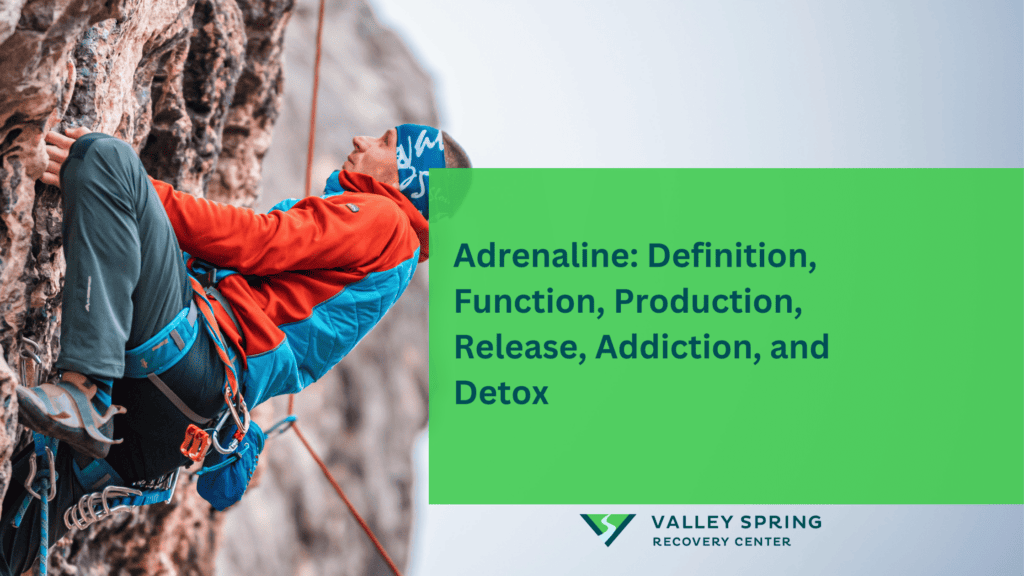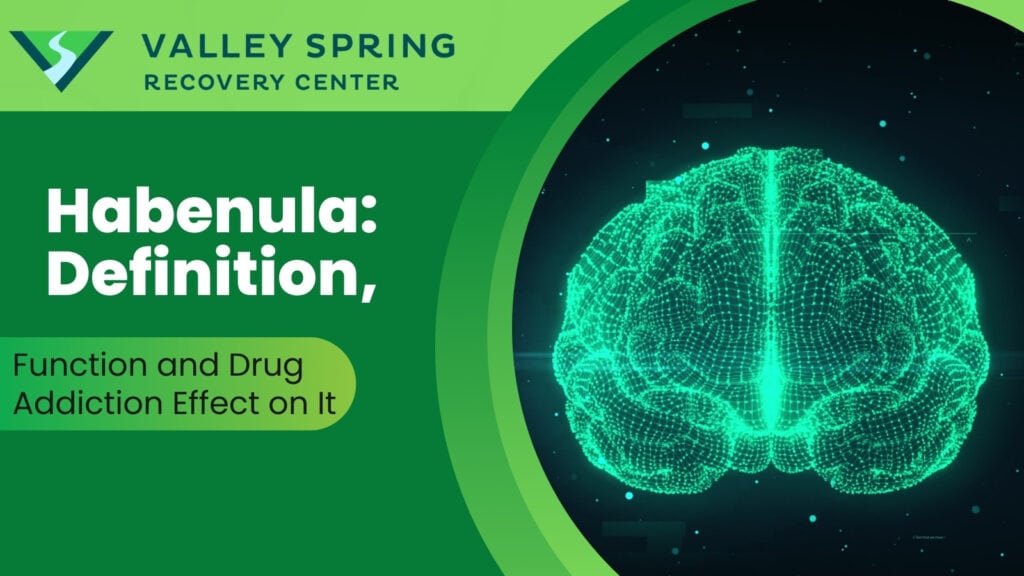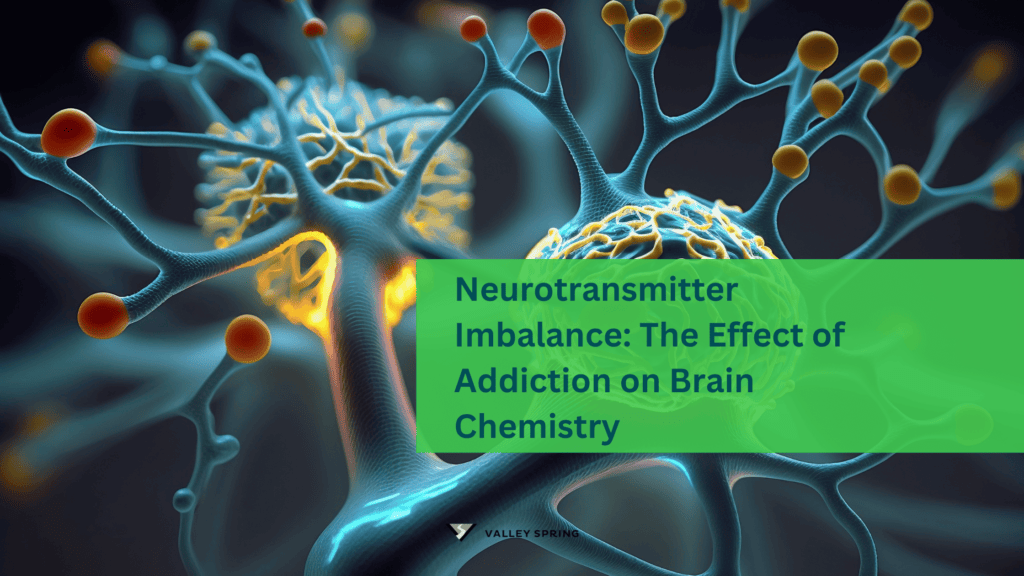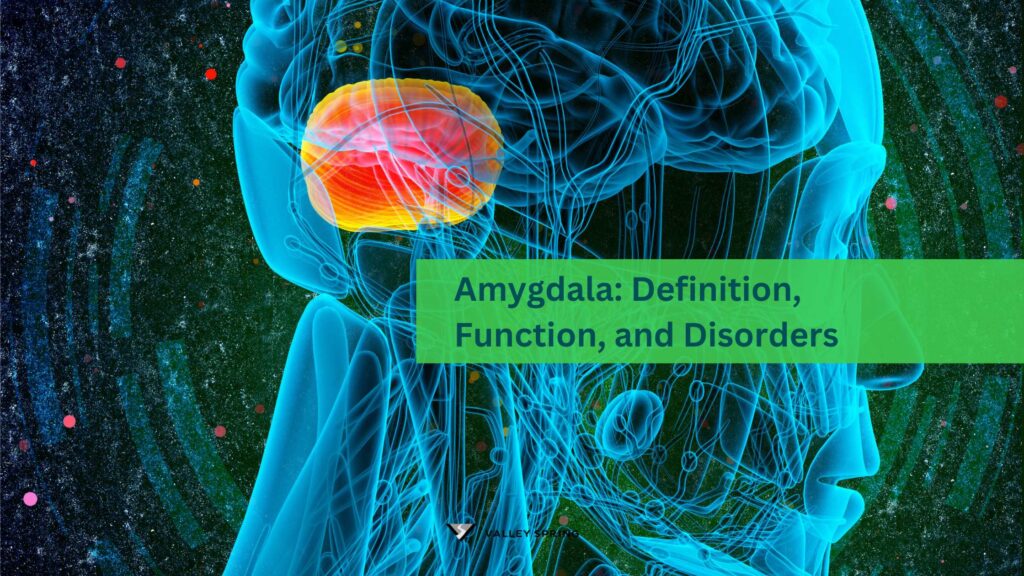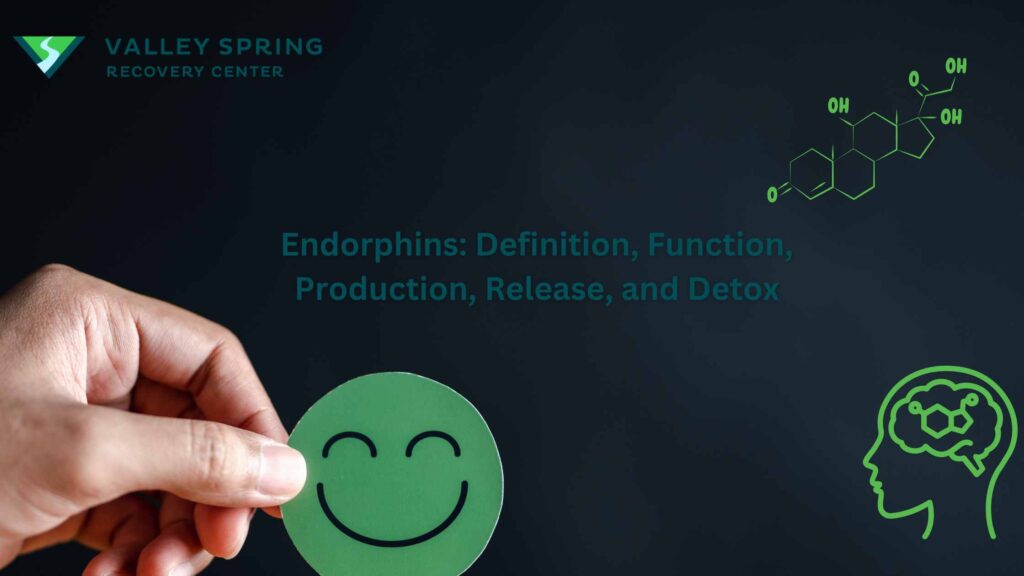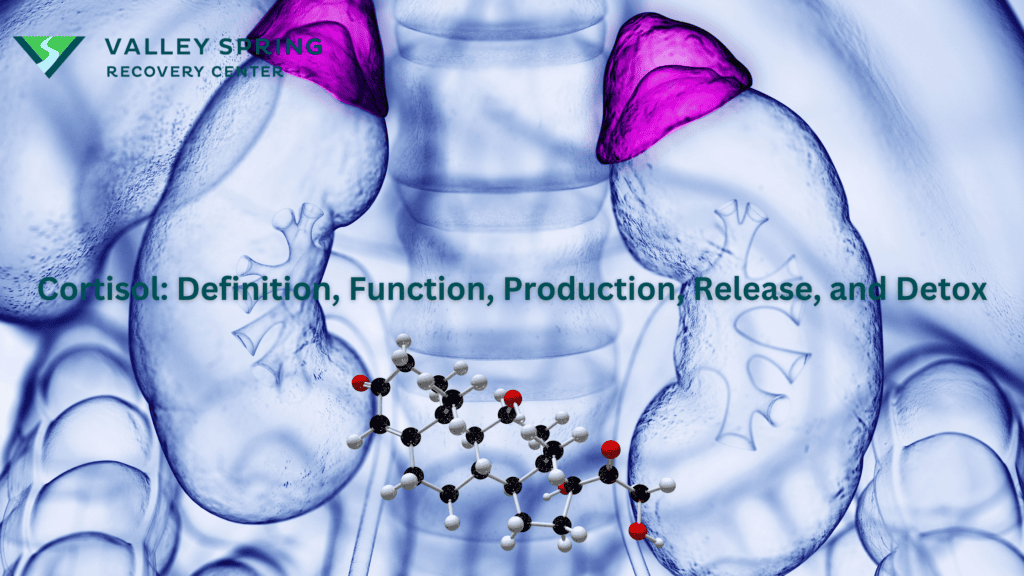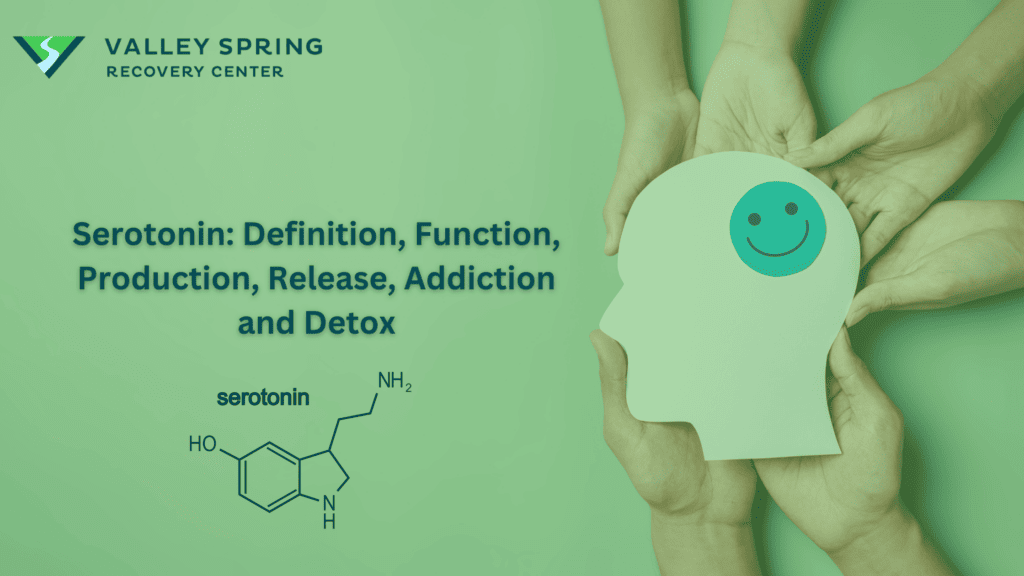Adrenaline, also known as epinephrine, is essential for the body’s stress response, triggering the “fight or flight” mode via the adrenal glands. It’s produced in the adrenal medulla and released in response to stress, threats, or excitement. This neurotransmitter plays a role in addiction-related behaviors like gambling and reckless driving, as it’s linked to the pursuit of thrilling experiences. Treatments for adrenaline-related addiction include Cognitive-Behavioral Therapy (CBT), Dialectical Behavior Therapy (DBT), and specific medications, that address the psychological aspects of addiction.
What is Adrenaline?
Adrenaline, also known as epinephrine, is a hormone and neurotransmitter that plays a critical role in the human body’s response to stress and danger. It is the hormone responsible for the flight or fight response. When adrenaline is released, its effects are wide-ranging and potent, influencing various physiological systems to prepare the body for action in times of perceived threat or excitement.
Adrenaline is important for the body’s stress response system, enabling rapid adaptation to challenging or threatening situations. Its effects extend beyond mere physical prowess, encompassing heightened awareness, pain modulation, and emotional resilience, all of which are essential for survival in a dynamic and unpredictable environment.
When adrenaline is released into the bloodstream, it causes a euphoric feeling, commonly known as an adrenaline rush, thrill, or high. This rush is linked to thrill-seeking behavior in people who constantly engage in dangerous or extreme activities without regard for their safety or health. Over time, the person gets addicted to the euphoric feeling of risk-taking brought on by the adrenaline rush. Adrenaline has also been associated with the use of addictive substances such as alcohol, and opiates.
How Does Adrenaline Interact with the Brain to Influence Addiction?
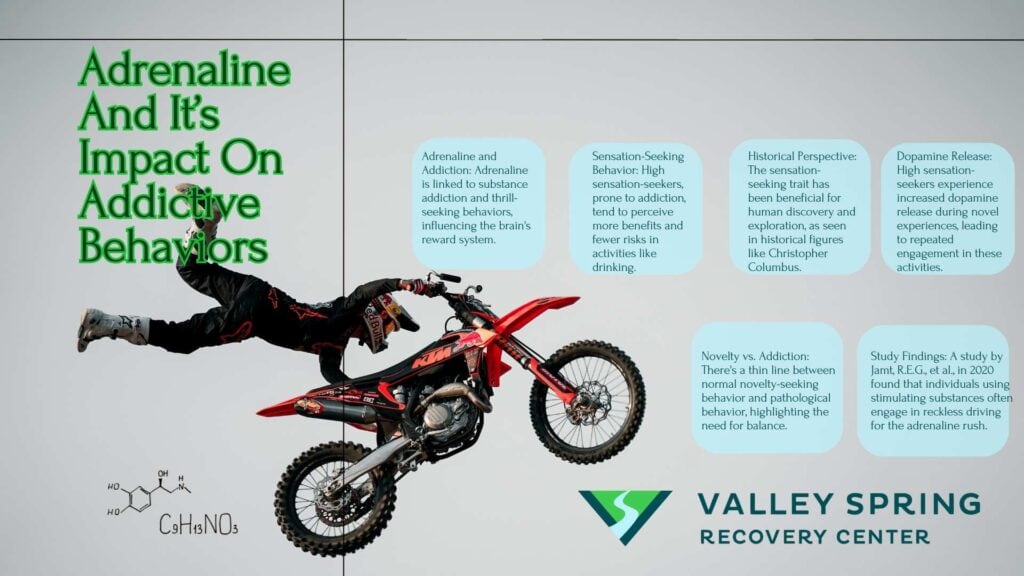
Adrenaline plays a crucial role in substance addiction and thrill-seeking behaviors like gambling and reckless driving, largely due to its impact on the brain’s reward system. The 2020 study by Jamt, R.E.G., et al., highlighted that regular users of stimulating substances often engage in reckless driving for the adrenaline rush. This quest for thrill is rooted in the short-lived euphoria adrenaline induces, which, while vital for survival, can lead to addiction when the stress response system is chronically activated.
People drawn to high-sensation experiences, such as extreme sports and substance abuse, are more prone to addiction. These individuals, known as high sensation-seekers, often perceive greater benefits and fewer risks in activities like drinking. Research shows that the brains of drug users and high sensation-seeking athletes share similarities, particularly in dopamine activity, which is linked to the brain’s pleasure reward system. High sensation-seekers experience more dopamine release during novel experiences, leading to repeated engagement in these activities for pleasure, a pattern that can evolve into addiction.
The sensation-seeking trait, beneficial in driving discovery among early humans, blurs the line between normal and pathological behavior. Neurologist Elkhonon Goldberg suggests that without a disposition towards risky experiences, propelled by a need for novelty, significant historical discoveries, like those of Christopher Columbus, might not have occurred. This innate curiosity and drive for novelty, while a fundamental aspect of human intelligence and exploration, can become problematic when it leads to compulsive and dangerous behaviors.
This enhanced understanding of the link between adrenaline, dopamine, and sensation-seeking behaviors offers insight into addiction’s complex nature, emphasizing the importance of balancing our innate desire for novelty with the potential risks of addiction.
What is The Function of Adrenaline?
The primary function of adrenaline is to initiate the body’s “fight or flight” response, a physiological reaction aimed at preparing an organism to confront or flee from a perceived threat. When faced with a stressful or dangerous situation, such as encountering a predator or experiencing a sudden shock, adrenaline is released into the bloodstream, triggering various physiological changes.
Immediate Energy Boost: When adrenaline is released into the bloodstream, it triggers the breakdown of glycogen into glucose in the liver. This process provides a rapid source of energy to fuel the muscles, enabling swift physical reactions in response to danger.
Enhanced Oxygen Delivery: Adrenaline causes blood vessels to constrict in certain areas of the body, such as the skin and digestive system, while dilating vessels in the muscles and brain. This redirection of blood flow ensures that oxygen-rich blood is prioritized to the vital organs and tissues needed for physical exertion and heightened mental alertness.
Heightened Awareness: Adrenaline increases sensory perception and awareness, sharpening focus and improving reaction times. This heightened state of alertness enables individuals to assess threats more effectively and make split-second decisions to ensure survival.
Pain Suppression: In emergency situations, adrenaline can suppress pain perception, allowing individuals to push through injuries and continue functioning despite discomfort. This temporary analgesic effect can be crucial in life-threatening scenarios where immediate action is required.
Regulation of Cardiovascular Function: Adrenaline plays a key role in regulating heart rate and blood pressure during times of stress. By increasing heart rate and cardiac output, it ensures that oxygen and nutrients are delivered efficiently to the body’s tissues, optimizing performance during intense physical activity.
Support for Emotional Resilience: Beyond its physiological effects, adrenaline can also influence mood and emotional responses. In certain situations, such as during exhilarating experiences or moments of triumph, the release of adrenaline can induce feelings of euphoria and confidence, enhancing resilience and adaptive coping mechanisms.
Additionally, adrenaline stimulates the release of other hormones, such as cortisol, which augment the body’s stress response. Cortisol helps maintain elevated blood sugar levels and suppresses non-essential bodily functions to prioritize survival-oriented processes.
How is Adrenaline Produced?
Adrenaline is primarily produced and released by the adrenal glands, which are located on top of each kidney. These small, triangular-shaped glands consist of two distinct regions: the outer adrenal cortex and the inner adrenal medulla.
The adrenal cortex primarily produces steroid hormones, including cortisol and aldosterone, which regulate metabolism and electrolyte balance. In contrast, the adrenal medulla synthesizes and secretes catecholamines, such as adrenaline and noradrenaline, in response to stress or stimulation from the sympathetic nervous system
What Triggers The Release of Adrenaline?
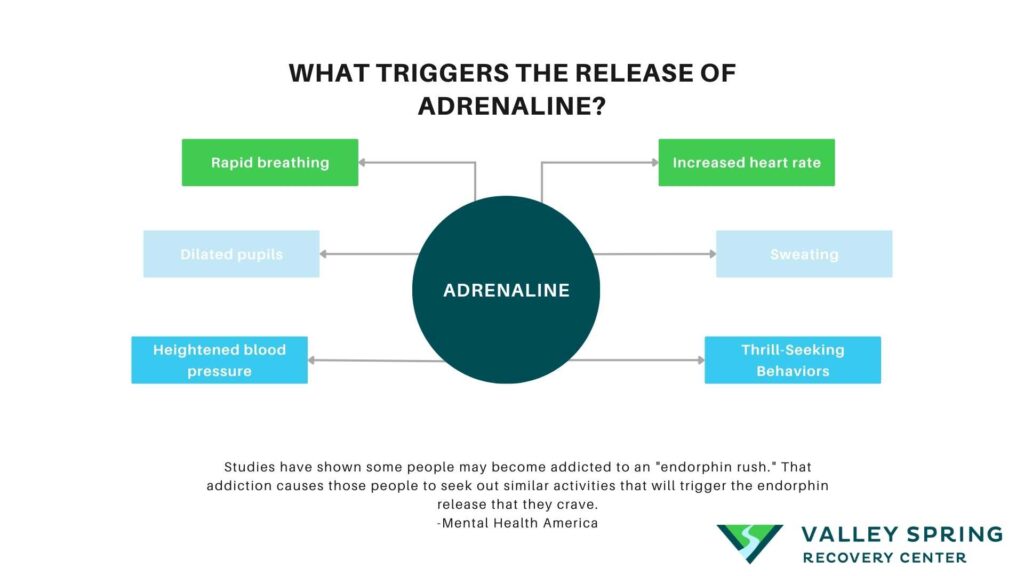
Andrenaline is released when a stimulus sends a signal to the hypothalamus-pituitary-adrenal (HPA) axis and the sympathetic nervous system. When the brain perceives the stimuli as a threat or stressor, the hypothalamus initiates a series of signals to activate the adrenal medulla. This triggers the rapid release of adrenaline into the bloodstream, initiating the physiological changes associated with the fight or flight response.
Physical effects of adrenaline in the bloodstream include:
- Rapid breathing
- Increased heart rate
- Dilated pupils
- Sweating
- Heightened blood pressure
- Thrill Seeking Behavior
The duration of adrenaline’s actions are relatively short-lived, typically lasting only a few minutes. After the immediate threat has passed or the stressful situation has subsided, adrenaline levels decline, and physiological functions return to baseline levels. However, if the perceived threat is still present, the process of releasing cortisol kicks in to keep your body alert.
mental factors such as peer influence or exposure to high-risk situations, can increase the likelihood of engaging in thrill-seeking behaviors that potentiate adrenaline release.
What are The Signs and Symptoms of Adrenaline Addiction?
Signs and symptoms of a person addicted to adrenaline rush or euphoria include:
- Intense cravings to participate in extreme activities
- Disregard, and neglect of social events, and other hobbies that are less rewarding
- Experiencing withdrawal symptoms in the absence of extreme sports
- Disregard for health risks, and dangers involved in extreme activities
- A compulsive need for dangerous activities
What Are The Treatment Options For Adrenaline-related Addiction?
Adrenaline-related addiction is treated as a behavioral addiction. Treatment approaches include
1. Psychotherapy:
Cognitive-Behavioral Therapy (CBT): CBT helps individuals involved in thrill-seeking and substance abuse recognize triggers for risky behavior, develop coping strategies, and challenge distorted beliefs about the benefits of thrill-seeking and substance use.
Dialectical Behavior Therapy (DBT): DBT combines cognitive-behavioral techniques with mindfulness practices to help individuals regulate emotions, manage impulsivity, and improve interpersonal skills. It can be particularly beneficial for individuals with co-occurring thrill-seeking behavior and substance abuse, as it addresses underlying emotional dysregulation and impulsivity
Stress Management Techniques: Teaching relaxation techniques such as deep breathing, mindfulness meditation, and progressive muscle relaxation can help individuals reduce physiological arousal and manage stress more effectively. These techniques can provide alternative coping mechanisms for dealing with stressors without resorting to adrenaline-inducing behaviors.
Replacement Activities: Engaging in alternative activities that provide a sense of excitement and fulfillment without the risks associated with adrenaline-seeking behaviors can help individuals redirect their focus and energy. This may include participating in recreational sports, creative pursuits, or community-based activities that promote social connection and well-being.
2. Medication
Medication is used as a supportive treatment for certain aspects of thrill-seeking behavior and substance abuse. These include:
Antidepressants: Selective serotonin reuptake inhibitors (SSRIs) and other antidepressants may be prescribed to alleviate symptoms of depression and anxiety, which are common co-occurring conditions in individuals with thrill-seeking behavior and substance abuse.
Medications for Substance Use Disorders: According to the Substance Abuse and Mental Health Services Administration (SAMHSA), opioid or alcohol dependence can be treated using methadone, buprenorphine, or naltrexone. These are prescribed to reduce cravings, prevent relapse, and support long-term recovery.
How Can Social Support Help A Thrill-seeking Addict?
Building a supportive network of friends, family, and peers who understand the challenges of addiction can provide essential emotional support and encouragement throughout the recovery process. Peer support groups, such as Alcoholics Anonymous or Narcotics Anonymous, offer opportunities for individuals to share experiences, gain insights, and receive encouragement from others in similar situations.
What Lifestyle Changes Help An Adrenaline Addict Recover?
Adopting a healthy lifestyle that prioritizes regular exercise, balanced nutrition, adequate sleep, and stress management can promote overall well-being and reduce the urge to engage in adrenaline-seeking behaviors. Establishing routines and structure in daily life can also help individuals maintain stability and focus on long-term recovery goals.
How is adrenaline linked to addiction?
Adrenaline can contribute to addictive behaviors by reinforcing the thrill or euphoria associated with high-risk activities, such as gambling or substance use, due to its impact on the brain’s reward system.
What are the brain effects of addiction?
Addiction alters brain function, particularly in areas related to reward, motivation, and memory. It can lead to an increased craving for substances or activities and a decreased ability to control urges, despite negative consequences.
How does addiction change the brain’s chemistry?
Addiction can lead to changes in the brain’s chemical systems, especially those involving dopamine, a neurotransmitter associated with pleasure and reward. Over time, substance use can reduce the brain’s natural production of dopamine, making it harder to experience pleasure from normal activities.
How does adrenaline impact addiction?
Adrenaline can intensify addictive behaviors by enhancing the thrill associated with risky activities or substance use, influencing the brain’s reward mechanisms.
What role does dopamine play in addiction?
Dopamine, often termed the “feel-good” neurotransmitter, is crucial in addiction. It regulates pleasure and reward, and addictive substances or behaviors can hijack this pathway, leading to increased cravings and compulsive behavior.
Can serotonin levels affect addiction?
Yes, serotonin, which modulates mood, appetite, and sleep, can influence addiction. Low serotonin levels are associated with depression and may increase susceptibility to addiction by individuals seeking mood enhancement through substances or behaviors.
What is oxytocin’s role in addiction?
Oxytocin, known as the “love hormone,” can influence social bonding and stress relief. Its positive effects on emotional connection and trust may help in addiction recovery by promoting social support and reducing anxiety.
Dr. Michael Olla
All author postsShare This Post

